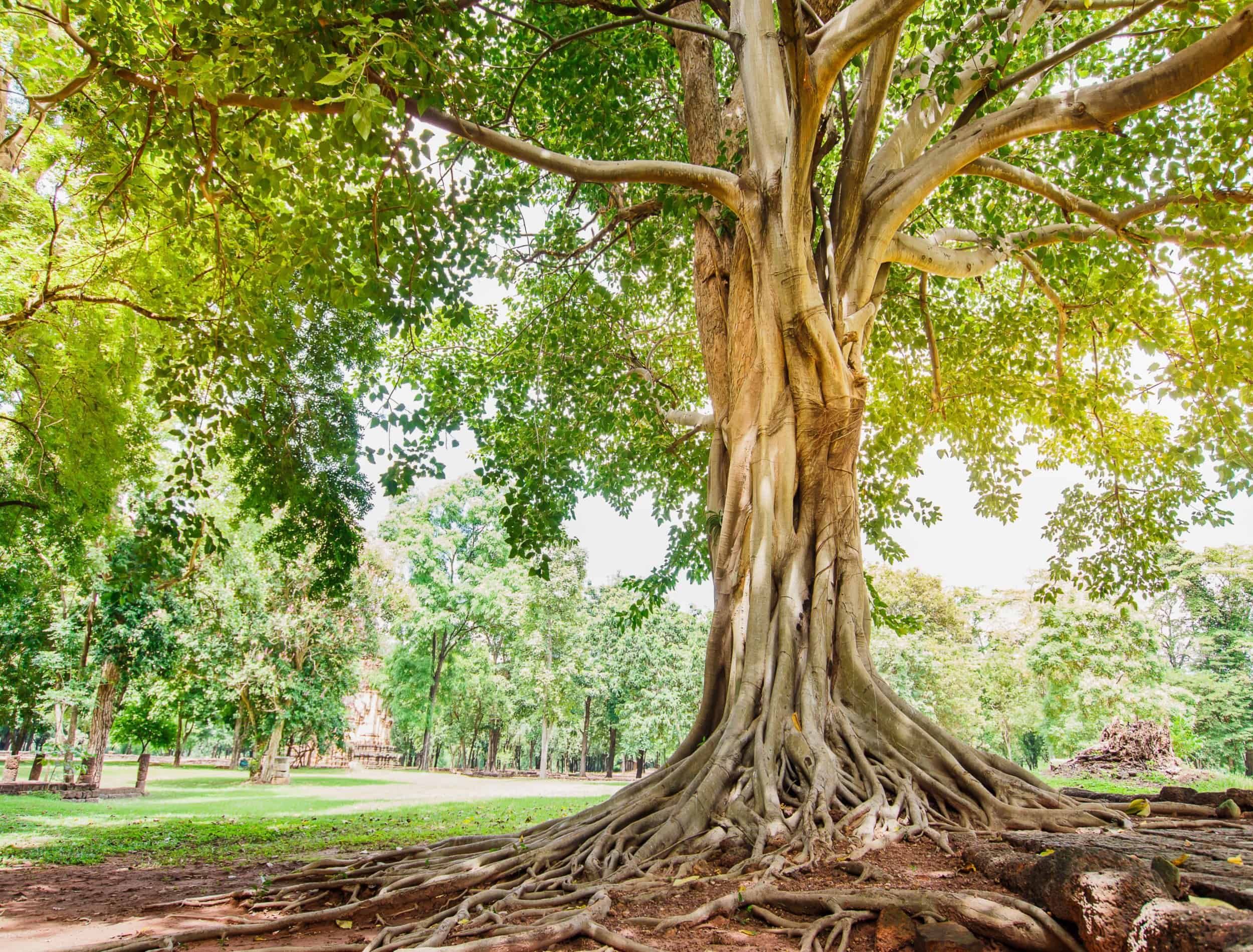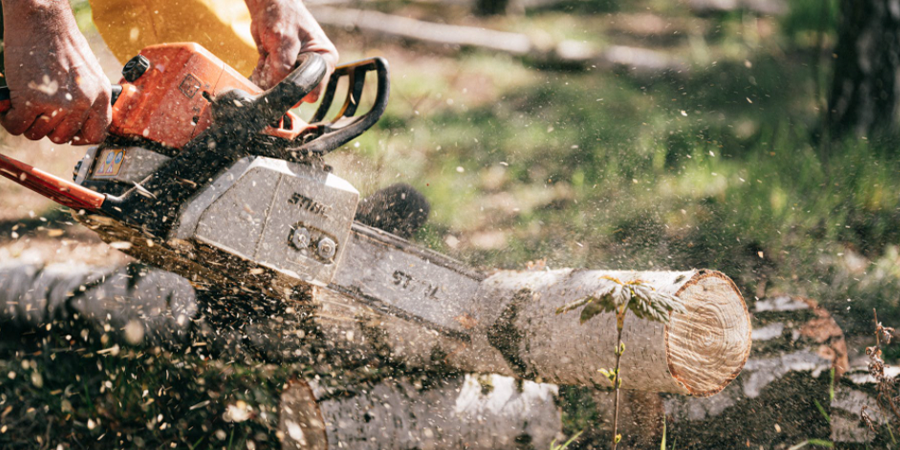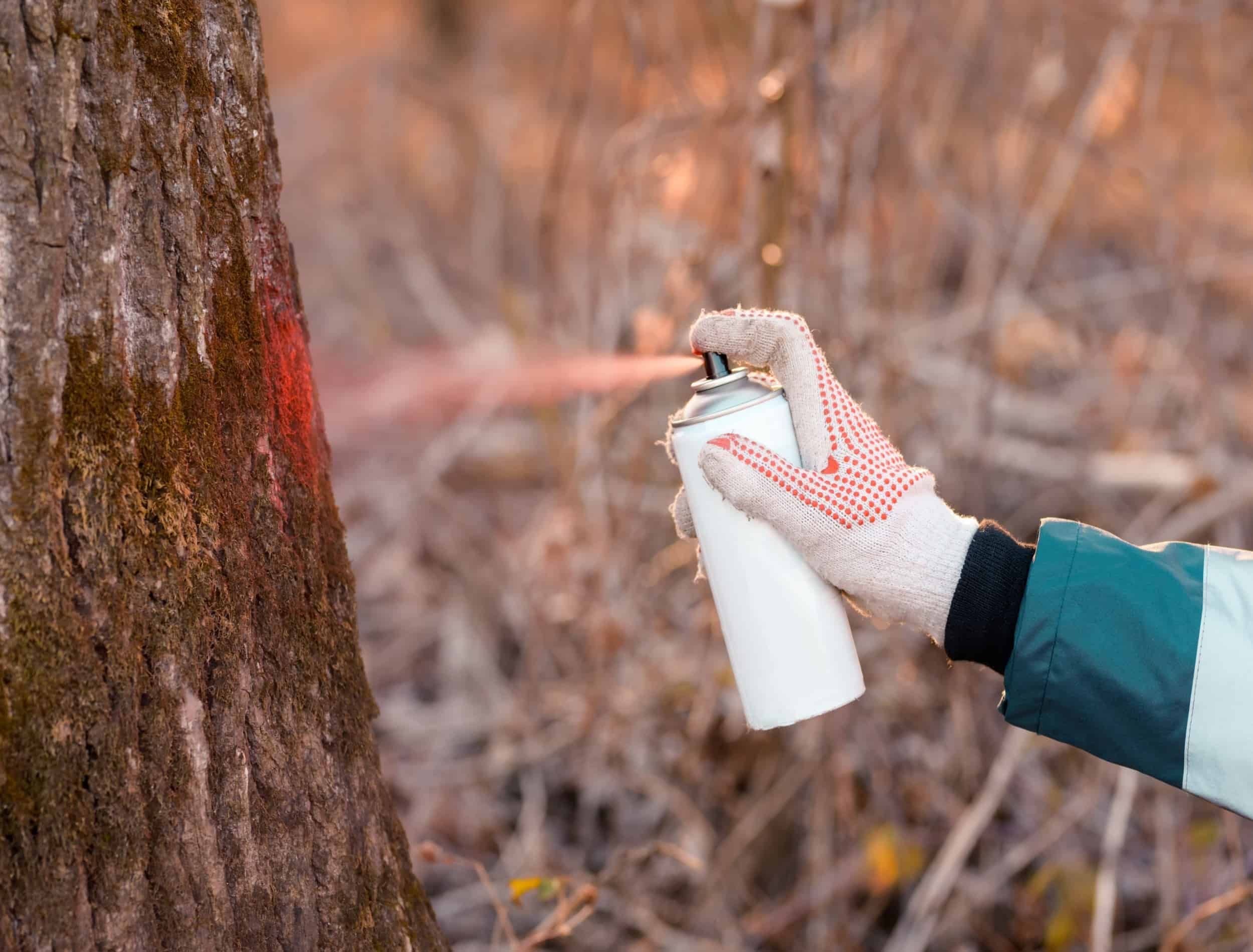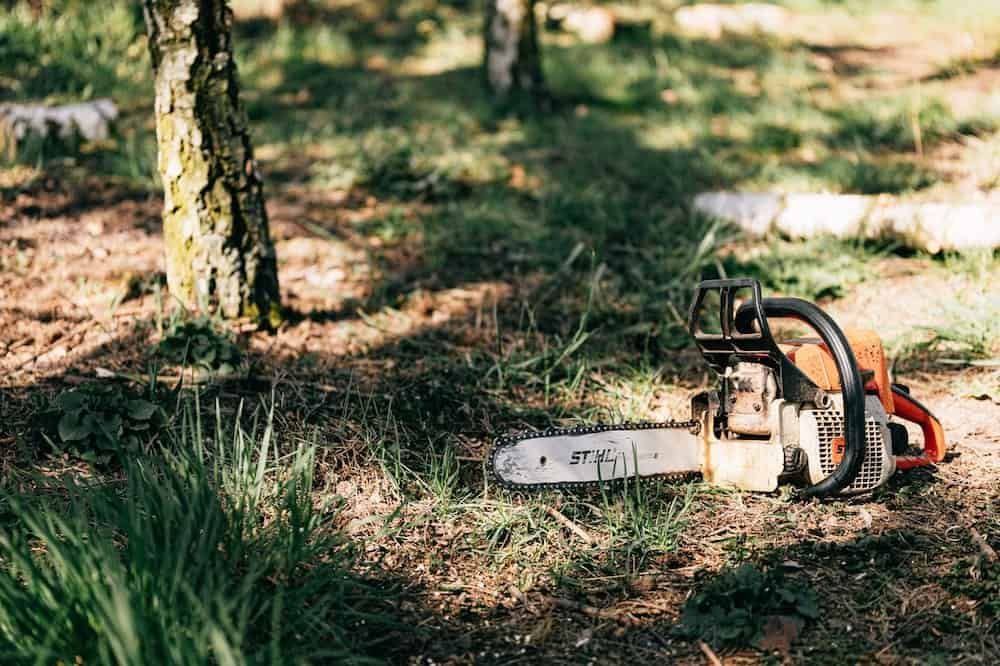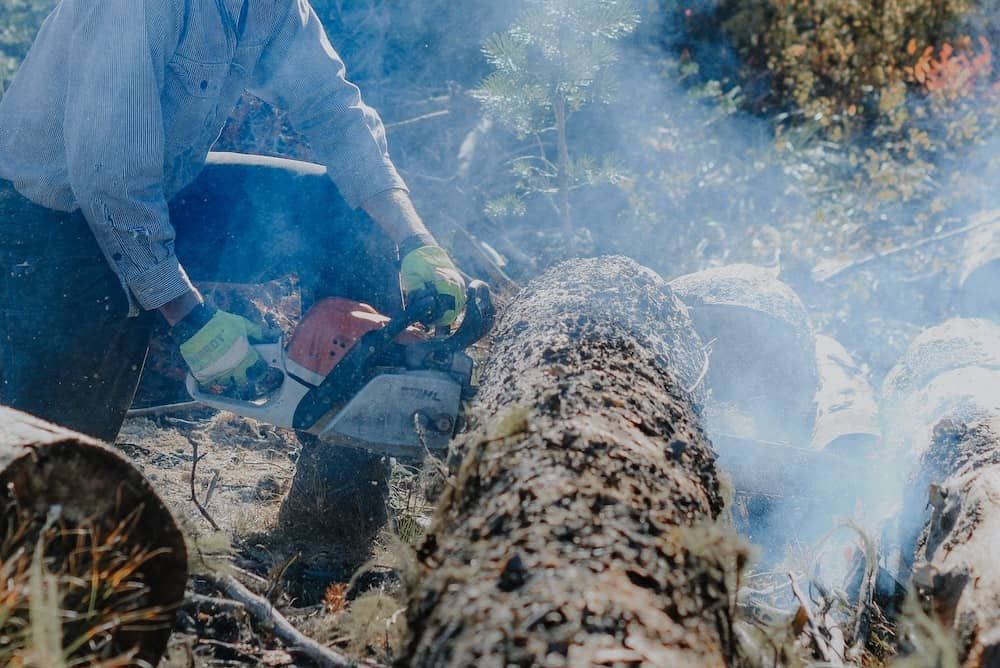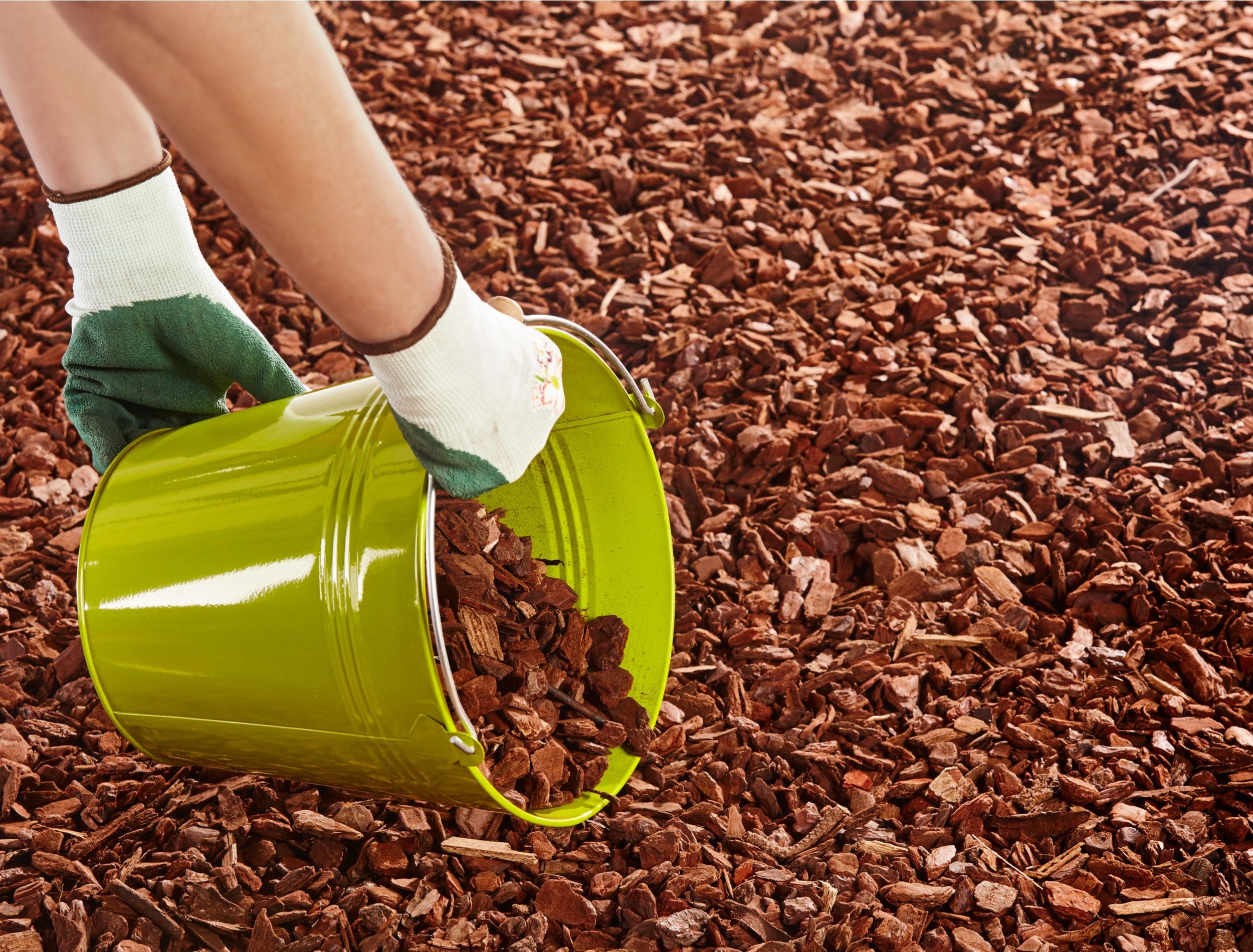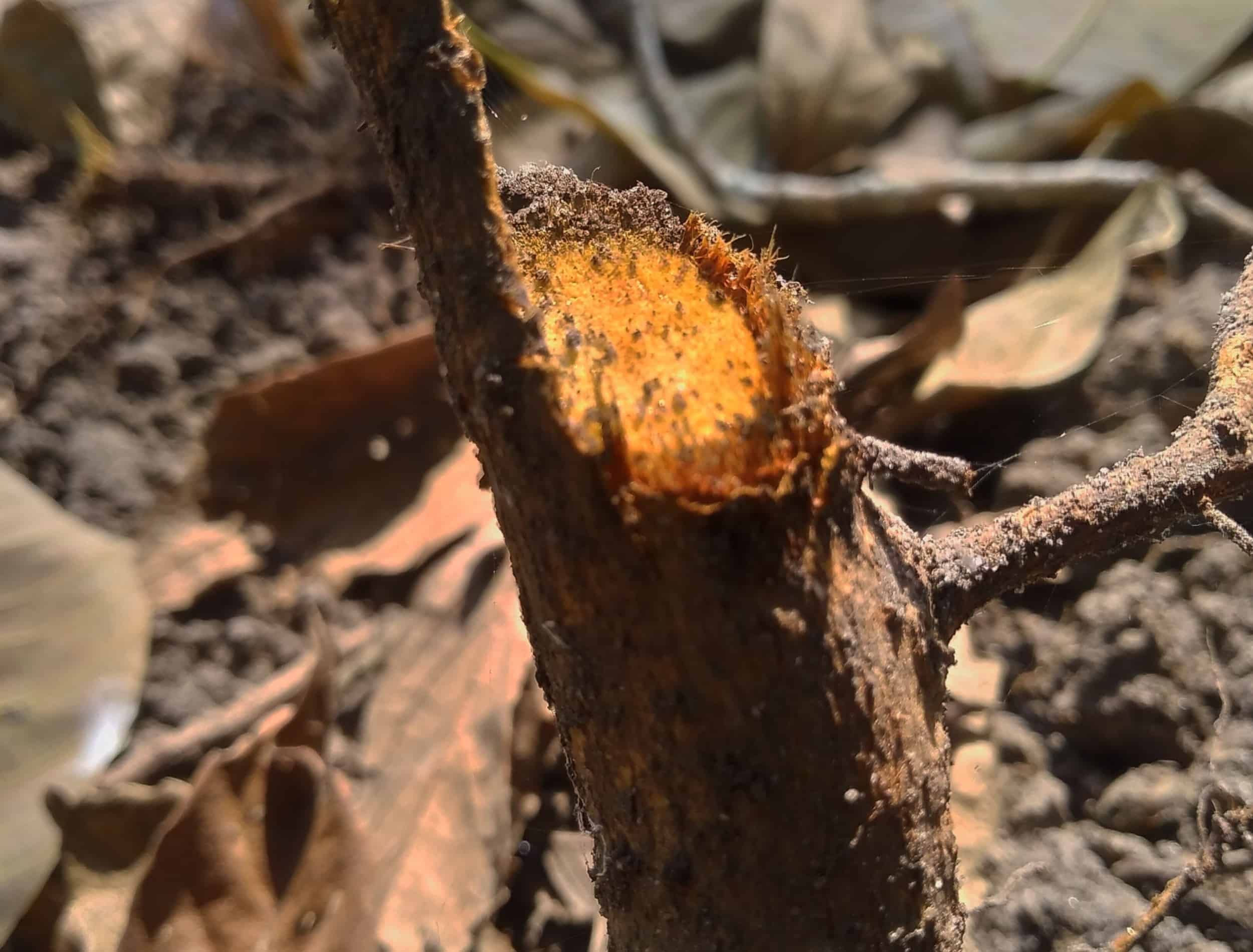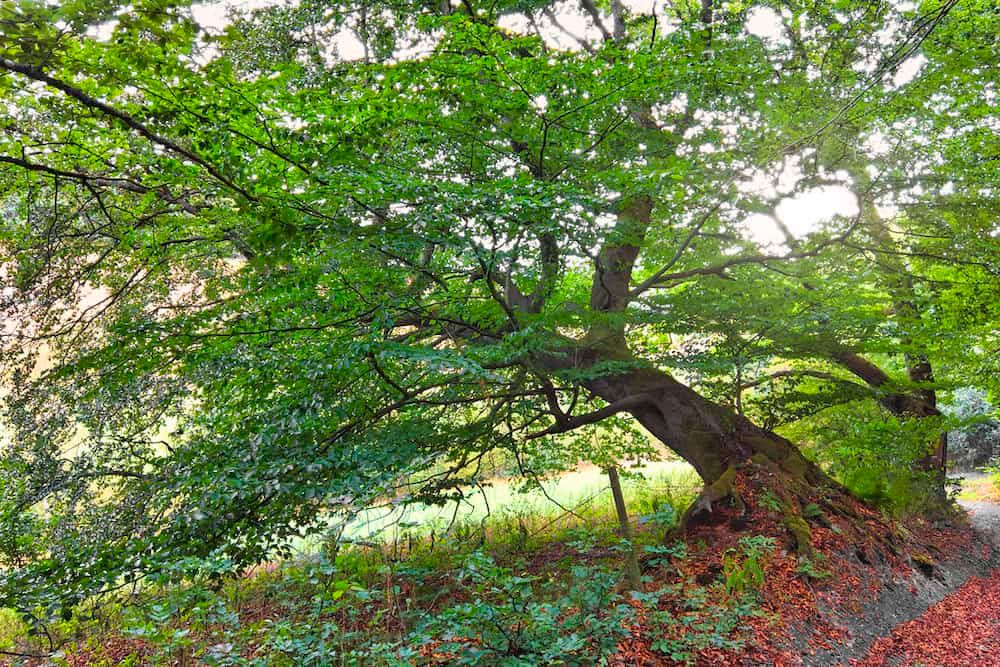Having a tree in your garden or on the sidewalk in front of your home can be a blessing and a curse. While trees provide privacy and a shady spot to sit, read, and relax, they can cause some issues, especially in your backyard.
Tree roots stretch out far to provide a strong foundation for the tree. However, sometimes they stretch a lot further than we'd like and create situations that are difficult to navigate. For example, if left unattended, tree roots can go through your sewage system and deform your backyard, sidewalk, pavement, or patio. They can even grow under your lawn and steal essential nutrients and moisture from the soil, leaving other plants with barely anything to absorb.
If you don't want to or can't kill the tree roots, the next best solution would be to remove the roots above the ground. But be careful because an improper cut can permanently damage the tree or weaken its foundation, causing it to fall during a storm. Below, you'll learn about pruning above-ground tree roots and how to do so without causing permanent root damage.
Understanding The Tree Root System
Image credits: preechafakmee via Canva
Before learning about the issues a tree's root system can cause, let's look at its importance and how it relates to the tree's health:
- Cutting 15-25 percent of the tree's root system could have detrimental effects.
- About 80 percent of the roots are in the top six to 24 inches of soil.
- Damaged tree roots attract pathogens, pests, and disease that reduces the tree's ability to absorb water and nutrients, causing it to wilt and eventually die.
Some trees have many roots, but the two basic types are nonwoody and woody.
Nonwoody roots are small roots located in the top three to five inches of soil that are responsible for delivering water and nutrients to the tree. Cutting them would impair your tree's ability to feed itself. Accidental damage can cause discoloration of the tree's leaves and early defoliation.
Woody roots are big lateral roots located eight to 12 inches below the soil's surface. Besides providing anchorage, they transport water and minerals to the tree and store carbohydrates for developing new growth. Cutting them would affect the tree's stability.
Identifying the Problem
Image credits: Emma Gossett via Unsplash
There are a few common reasons to remove tree roots:
- Soil erosion has exposed tree roots that have become a tripping hazard. Exposed tree roots can also weaken a tree's foundation.
- Roots spreading under your house's foundation have burst pipes and entered the sewage system. Tree roots are thick and strong and can cause significant damage to your property.
- The roots spread under your sidewalks and driveways, causing them to crack, deform and overturn surfaces.
How to Remove Disruptive or Damaging Roots
Karolina Grabowska via Pexels
Here are a few tools you will need to remove or prune tree roots:
- Spray paint
- Shovel / Air knife
- Spade
- Handsaw or chainsaw
- Alcohol
- Soil
- Mulch
After you have all the above tools, follow the steps below:
1. Mark the Cuts and Make the Root Pruning Trench
Image credit: Bits And Splits via Shutterstock
Use the spray paint and mark the roots you need to cut. To make a root pruning trench, use a shovel or an air knife to remove the soil around the roots you want to cut. This gives you enough space to make a clean and smooth cut.
Next, use the spade to remove the dug-up soil and keep it aside if it's healthy, as you'll need to cover the severed roots post pruning to avoid damage to the tree.
Pro-Tip: It's best to prune from late winter to early spring when the tree's dormant to avoid diseases and physiological problems. Late winter pruning leaves fresh wounds exposed for a short period before new growth helps seal them.
2. Sterilize the saw
Image credits: Karolina Grabowska via Pexels
When you cut the root, you wound and stress the tree. To reduce the risk of diseases and infection on your tree's wounded roots, sterilize the chainsaw with alcohol and sharpen it before cutting.
3. Make the Cut
Image credits: Jenny Uhling via Pexels
Use the sterilized and sharpened saw to cut through the marked roots. Don't prune more than 25 percent of a mature tree's roots, as it can affect its stability.
Note: Don't cut the tree's structural root plate, as this could affect the tree's stability. A tree's structural root plate is usually three times the tree's diameter. This means that a three-foot diameter tree will have a nine-foot structural root plate providing anchorage to the tree. Larger trees have larger structural root plates.
Pro-Tip: Call professional tree services with proper equipment to prune a leaning tree's roots. Accidental structural root cutting can cause the tree to fall, causing significant damage to people and properties. Maintain a safe distance from the leaning tree when professionals arrive to prune the roots.
4. Complete the Job
Image credit: stockcreations via Shutterstock
Keep the wounded roots moist to avoid damage to the tree through the open roots. If the soil you stored when making the root pruning trench was healthy, use it to fill holes and top it off with at least three inches of high-quality mulch to avoid damage to the tree through the roots.
Identifying Root Damage Post Pruning
You have valid reasons to prune the roots, but remember, there's always a risk of permanent, fatal damage to your tree. Here's how to identify root damage post pruning so you can learn from your mistakes:
1. Poor Vigor
Image credits: ROMAN ODINTSOV via Pexels
Removing nonwoody tree roots can affect nutrients and water delivery to the tree, causing stunted growth, yellow leaves, and branch dieback. However, with proper care, a healthy tree will recover faster than a tree suffering from a disease pre-pruning. Just remember, don't prune too much!
2. Pests and Diseases
Image credit: Harunyamis via Shutterstock
Although pruning causes tree stress, improper pruning can weaken its foundation, exposing it to pests, diseases, and infections. Scale insects are commonly found on or inside tree wounds that have not healed from an improper cut. Use natural and chemical control methods to eradicate scale insects if you spot them on your tree.
3. Lack of Stability
Image credits: Musicaloris via Creative Commons
Cutting the tree's structural root plate can affect its stability, causing it to fall during strong winds. If you can't tell the difference between structural and feeder roots, it's best to call professional tree services for pruning to avoid accidental damage to your tree.
Rooting For You!
Trees are a beautiful addition to every garden. Unfortunately, sometimes they can cause damage. They take nutrients from other plants and cause structural damage to your house, sidewalk, or driveway. Pruning the roots can prevent the tree from causing significant damage to people and property. However, be careful with your methods and approach to avoid causing permanent damage to your tree.
Hopefully, this article helps you in your root pruning adventure. As always, tell us your experiences and questions in the comment section below and share the article if you find it helpful.
Happy Gardening!

